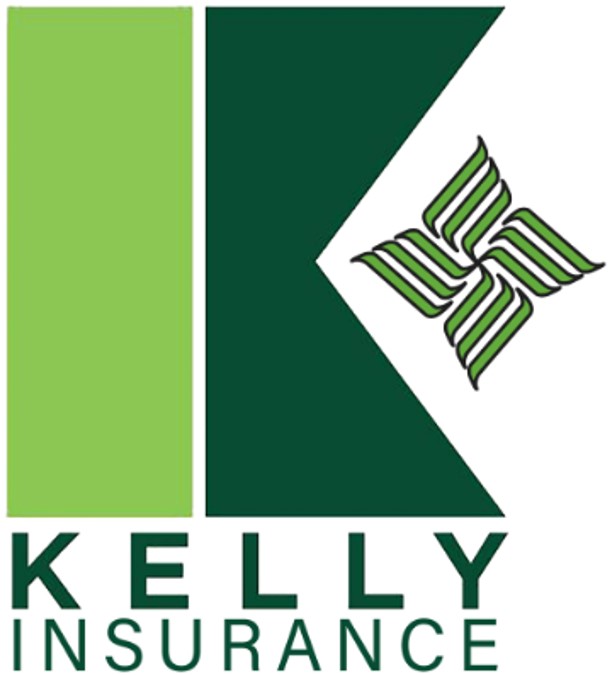FAIR USE - COPYRIGHT - INFRINGEMENT
FAIR USE DOCTRINE EXPLAINED : UNDERSTANDING COPYRIGHT LAW & ITS EXCEPTIONS
The Fair Use Doctrine is one of the most important safeguards in U.S. copyright law. It balances the rights of copyright holders with the public’s interest in education, commentary, research, and creativity. At Kelly Insurance Group, we focus on protecting individuals and businesses from legal risks, including those related to intellectual property. Below, we break down the concept of fair use, its legal foundation, and how it applies to modern cases.
GET iN TOUCH
TRADEMARK & IP INFRINGEMENT
Beyond copyright and patents, businesses must also watch for infringement of a trademark or brand infringement. Fair use in trademark law allows descriptive use of a mark, but overstepping may lead to trademark fair use examples being tested in court.
Common risks include:
Intellectual property infringement Amazon cases involving counterfeit sales.
Intellectual property infringement through logo misuse.
Copyright patent and trademark infringement combined disputes.
Insurance can help cover defense costs in cases of ip infringements, intellectual infringement, or infringement of ip rights.
MORE ON COPYRIGHT & FAIR USE
COPYRIGHT INSURANCE
Businesses, educators, and creators may need copyright insurance to protect against legal costs from alleged copyright infringement fair use disputes or copyright internet violations. Policies can provide coverage for:
Defense against copyright infringement law firms.
Costs related to claims over music copyright protection.
Disputes involving copyright logo laws or copywright law violations.
By having copyright law protection, organizations gain peace of mind knowing they have support if accused of infringement of copyright laws.
WHAT IS FAIR USE DOCTRINE?
In copyright law, the Fair Use Doctrine allows limited use of copyrighted material without the permission of the copyright owner. This legal principle is designed to encourage free expression, learning, and innovation.
To define fair use, it refers to circumstances where reproducing or quoting copyrighted content is legally permissible—such as in news reporting, teaching, scholarship, research, or parody. The definition of fair use in copyright law is not unlimited, and each case must be evaluated under specific legal criteria.
The fair use law definition emphasizes that not every unauthorized use qualifies as fair use. Courts weigh factors like purpose, amount used, and potential market impact to determine whether a use falls under the doctrine of fair use in copyright law.
PATENT INFRINGEMENT INSURANCE
While copyright covers creative works, patents protect inventions and designs. The risk of a patent infringement lawsuit is high in industries like software, pharmaceuticals, and manufacturing.
What Is Patent Infringement?
To infringe the patent means to make, use, or sell a patented invention without permission. Types of patent infringement include:
Literal infringement – direct violation of a patent claim.
Indirect infringement – contributing to or inducing infringement.
Willful infringement patent – knowingly violating patent rights.
Expired patent infringement – continuing use after protection ends.
Courts consider claim interpretation in patent infringement and may award damages for willful infringement, sometimes tripling the penalty.
Patent Infringement Litigation
Patent infringement litigation is costly and complex.
Defendants may mount a patent infringement defense or seek a patent defense through invalidity claims.
Patent enforcement ensures inventors can protect their rights.
Companies often face intellectual property infringement across patents, designs, and trademarks.
Examples include software patent infringement, 3D printing patent infringement, and industrial design infringement.
Why Patent Infringement Insurance Matters
Patent infringement insurance—sometimes called patent enforcement insurance or patent defense insurance—helps businesses manage the costs of:
Patent dispute and patent litigation.
Defense against design right infringement or industrial design infringement.
Claims of intellectual infringement or brand infringement.
Settlements in cases of efficient infringement by large corporations.
This protection is vital in an era of utility patent infringement disputes, design patent infringement analysis, and complex infringement litigation worldwide.

The Legal Foundation: The Fair Use Act of 1976
The modern Fair Use Act traces back to the 1976 Copyright Act fair use clause. Under the fair use act of 1976, lawmakers codified the four-factor test courts still use today:
Purpose and character of the use – Is the use for commercial gain, or is it transformative, educational, or nonprofit?
Nature of the copyrighted work – Is the material factual or highly creative?
Amount and substantiality – How much of the original work was used, and was it the “heart” of the work?
Effect on the market – Does the use harm the market or value of the original?
This framework is commonly referred to as the copyright fair use doctrine, and it applies across different industries, from publishing to music and film.
